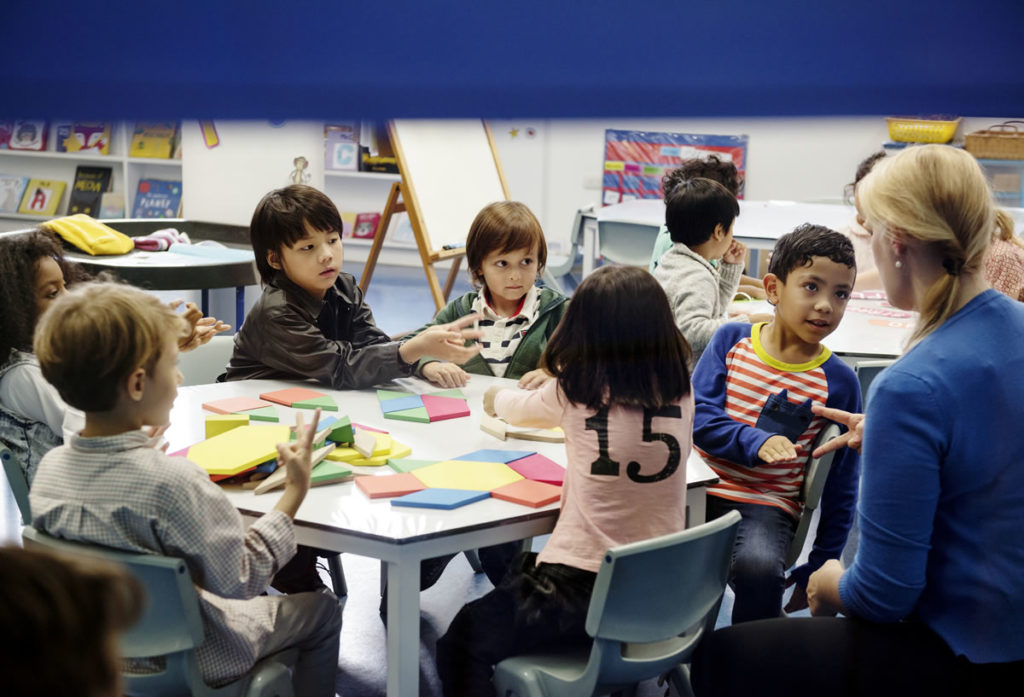Brainstorming is a useful way to start or generate new ideas . It can be done in class, in small groups, or with individual students. Once students are familiar with the process, they can also use this technique on their own when they are stuck, reviewing their work, or moving to a new phase.

Steps and materials needed for a creative meeting
- Place to record ideas where everyone can see (whiteboard, dry erase board, graph paper, or a wall with stickers).
- Notebooks, design / idea books, or magazines to keep notes.
Brainstorming, as the name suggests, begins with a brainstorming session . Students should generate as many ideas as possible, without evaluation or censorship, since the quantity of ideas at this stage is more important than the quality. Students should be encouraged to include, why not, wild ideas, new and different approaches, ideas that build on previous suggestions, and suggestions that have worked for them at some point in the past.
On the other hand, a person should be designated to record the ideas as they are given, preferably in a place where the whole group can read them . This session will generally last between 5 and 10 minutes, but can last up to 20 or 30 minutes, depending also on the dynamism and level of participation.
With the same groups that have been used, or with the whole class as a whole, we will then move on to the discussion and debate of the ideas generated, a debate that will lead to the creation of a list in consensus with the most appropriate ideas for the work or question that is needed. To achieve this, and in order to guide the discussion, questions such as the following may be used:
- What does our created list tell us about how we view this topic?
- Are there areas or interests that are clearly absent from this list?
- Do the ideas fit within our limitations (resources, time, access)?
- Can new ideas be generated by looking at and discussing this list?
- How should we go about selecting things from this list?
The students, after the questions, will be able to order the ideas by classifying them into categories that may be such as the following: those of immediate use, areas of further exploration and new approaches to the topic.
Each group should keep a set of notes for future reference and follow-up. These notes will also serve to help the teacher monitor the progress of the group or individual students. If students have access to magazines or books on design or innovative ideas, this would be a good time to consult them.

This consultation will help them create their own idea design journals or books , in which students can reflect on the process and outcome of this exercise or respond to specific instructions from the teacher. For example, teachers can ask students to explain how they selected a set of work ideas from their initial list or to choose an idea and describe how they might envision carrying it out.
In their idea design books they could also, in addition to recording the ideas generated, create a plan for moving forward. The ideas generated by this exercise can be used later in the project to be worked on or used in a future project as well.
A valuable tool for learning and evaluating
Brainstorming can be used throughout the course, when students are starting a new phase or when they feel stuck and need new ideas. It is a good tool for all groups and types of students , and a very useful method to find inspiration and get the most out of your work with everyone’s collaboration. The brainstorming sessions also provide a lot of useful information for assessments and for asking questions and answering questions from students.
And you, have you already started brainstorming in your classroom?











































































































